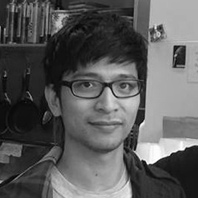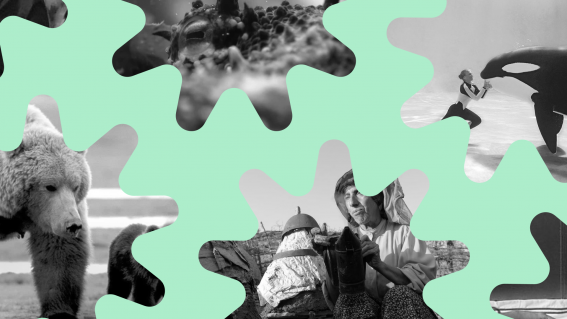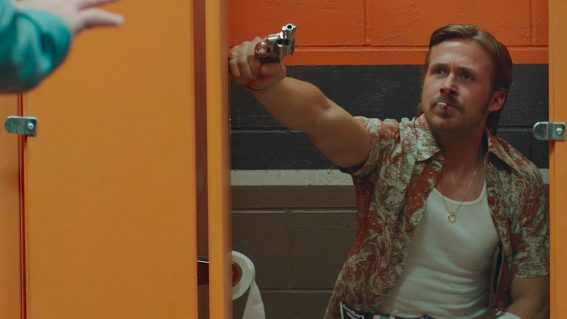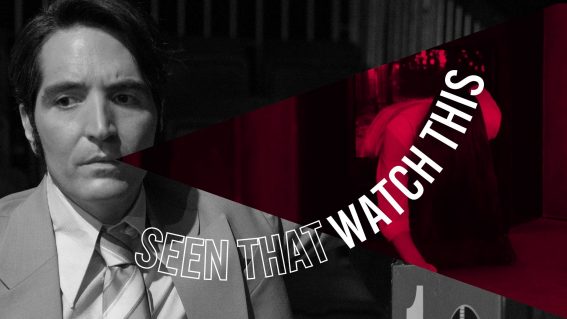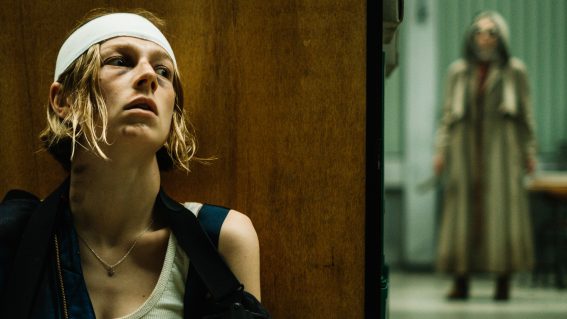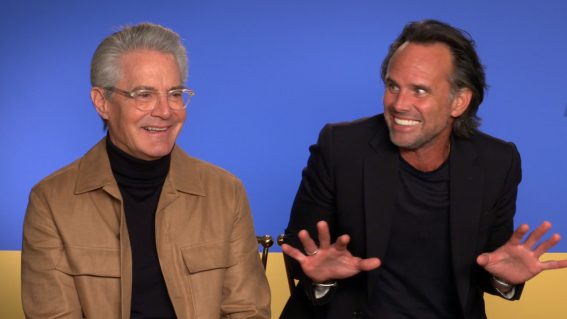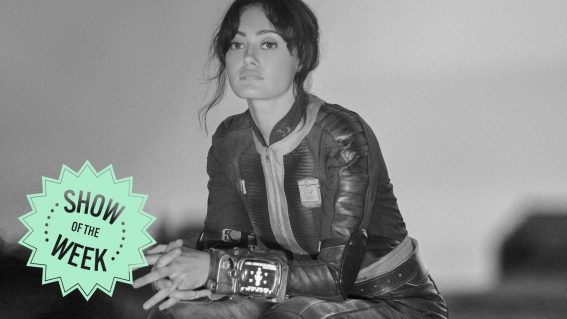Aaron Yap’s Top 20 film discoveries of 2021
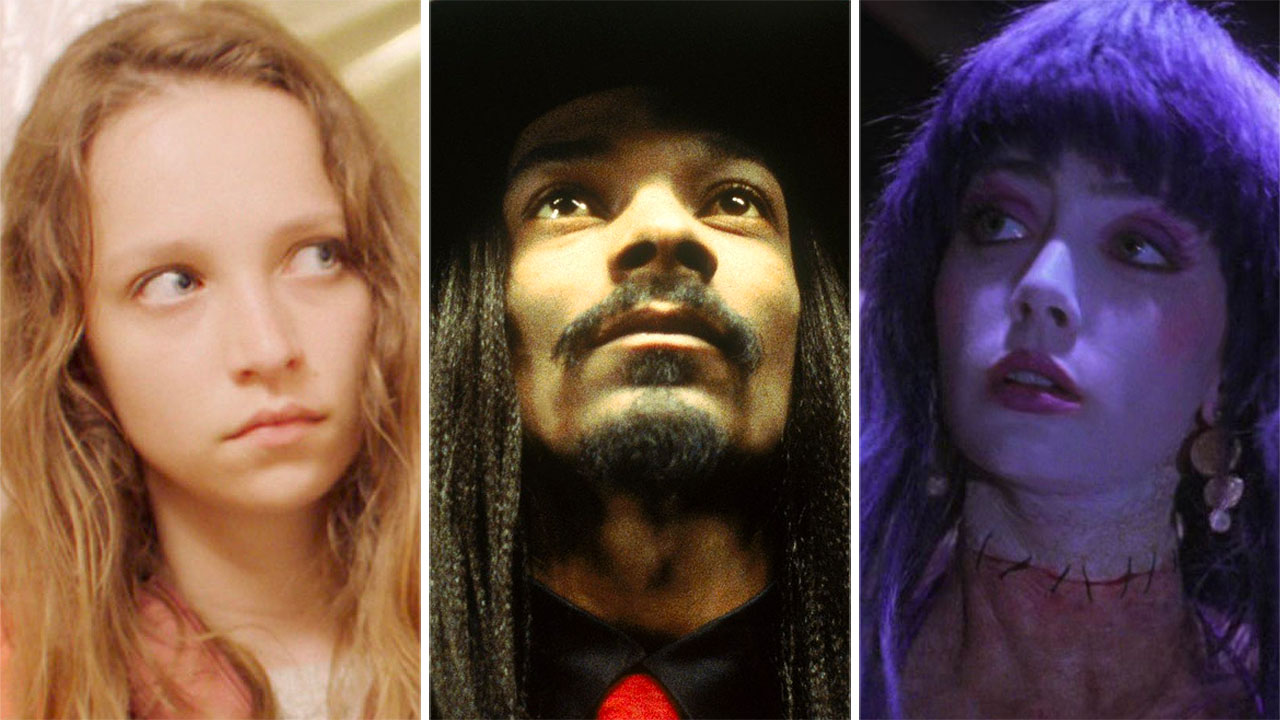
Aaron Yap’s yearly round-up of unsung movie gems contains a fresh batch of films he’s discovered in 2021—titles from throughout the decades, most too rare/odd to find on your local streaming service.

Make Up (2019)
Absolute corker of a feature debut by Claire Oakley. Sharply modulated, thrillingly subjective psycho-drama free-fall casts queer sexual awakening as atmospheric coastal horror that’s by turns sensual, unnerving and celebratory.
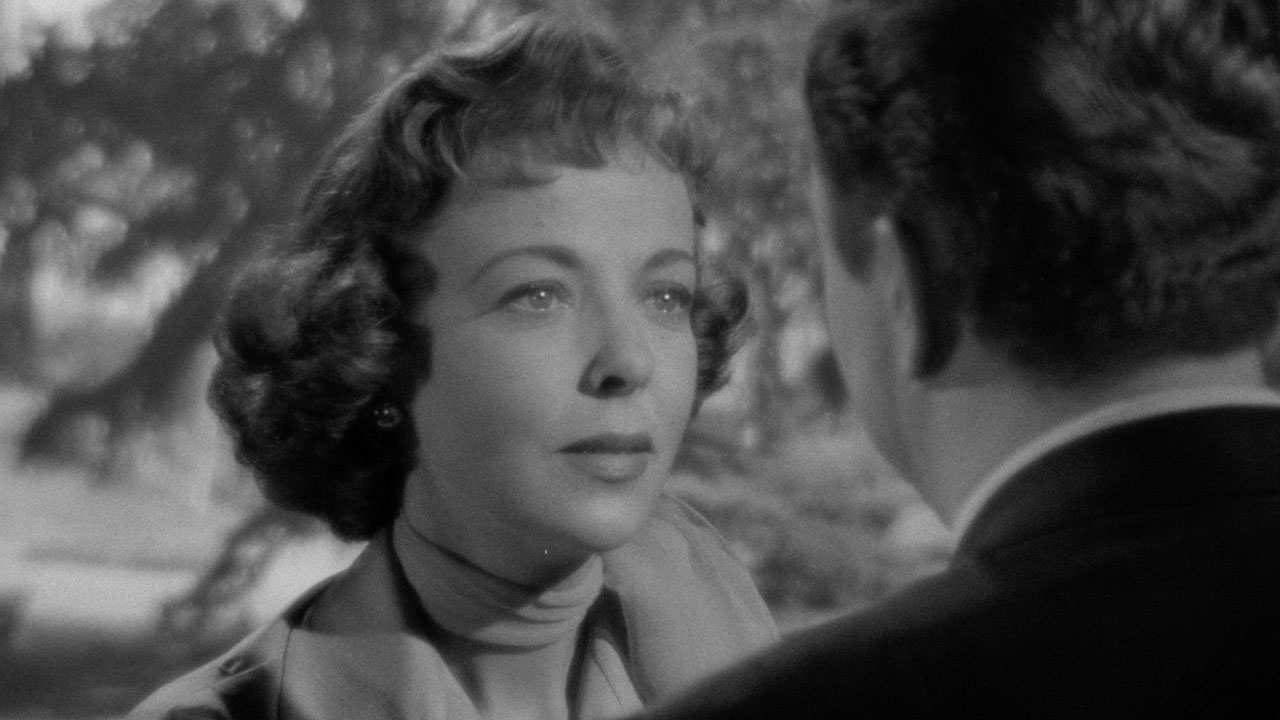
The Bigamist (1953)
Ida “First Lady of Noir” Lupino’s fifth directorial effort—and her first to direct herself—feels radically noir-adjacent, nestling those aesthetic and narrative signifiers (flashback framing, dogged sleuthing, a tragic sense of yearning and desperation) into a more thoughtful, socially perceptive study of fidelity.
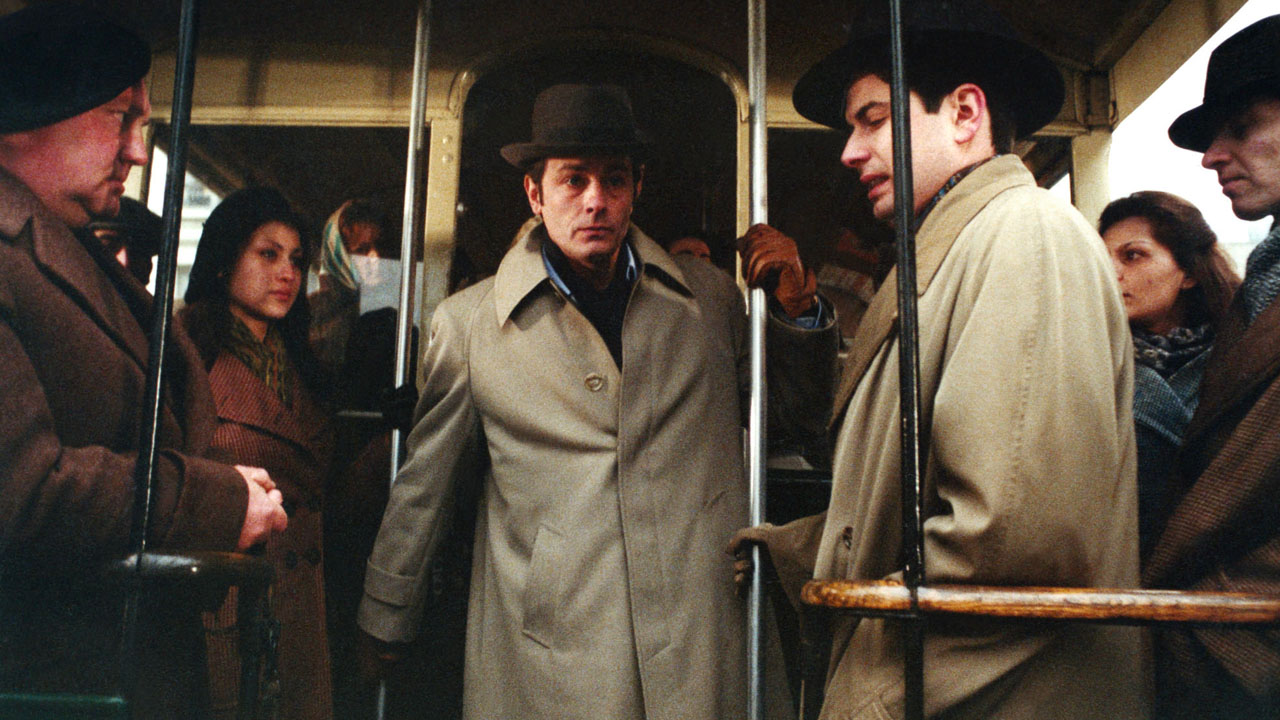
Mr. Klein (1976)
Finally got around to filling some Joseph Losey gaps, and this 1976 movie, starring Alain Delon as an antique dealer in Nazi-occupied France, stood out as a tour de force gut-punch. A monumentally grim and gripping Kafka-laced nightmare about fascism, with a firm, sophisticated grasp of evil, paranoia and existential terror.
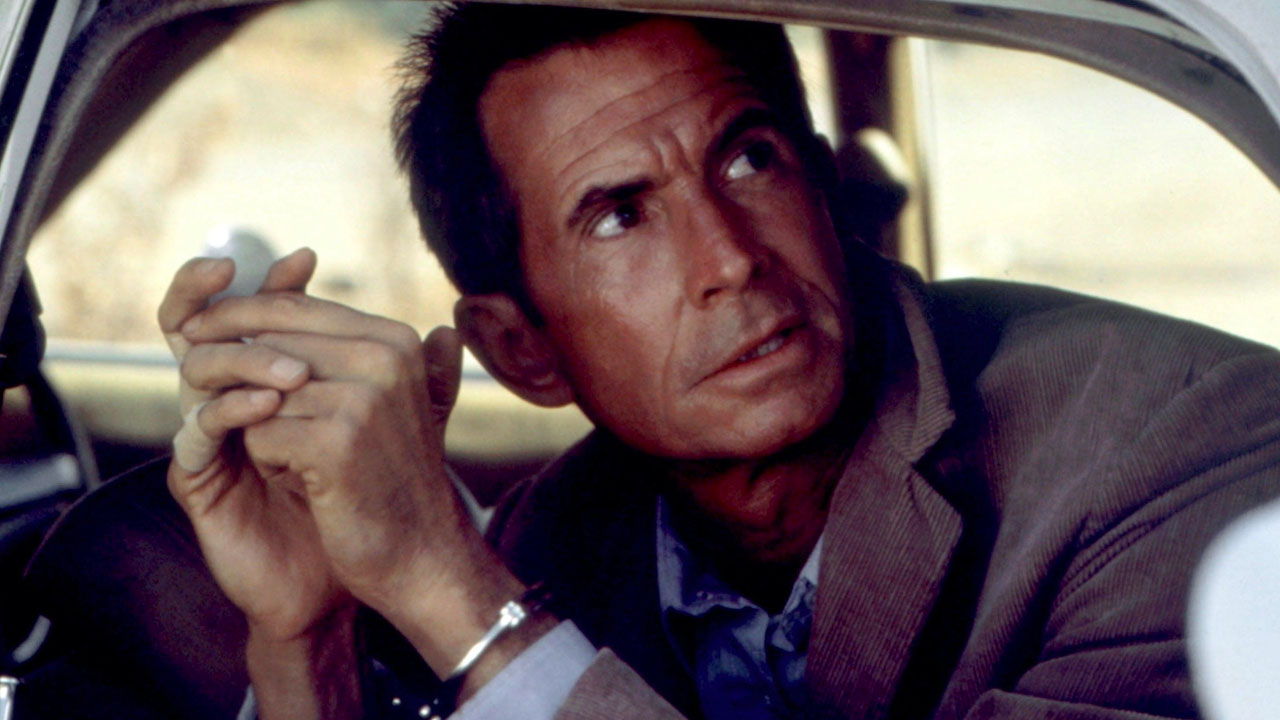
Psycho III (1986)
Seemingly under-recognised as much as Psycho II is oft-heralded as one of the greatest horror sequels ever, this wonderfully berserk instalment deserves some sort of critical consideration next to Halloween III: Season of the Witch and The Exorcist III as unique third entries of established horror franchises. Great early score by Carter Burwell; DP Bruce Surtees shoots the hell out of it. One wonders if Anthony Perkins would have directed more idiosyncratic genre gems if he had the opportunity to in his lifetime.
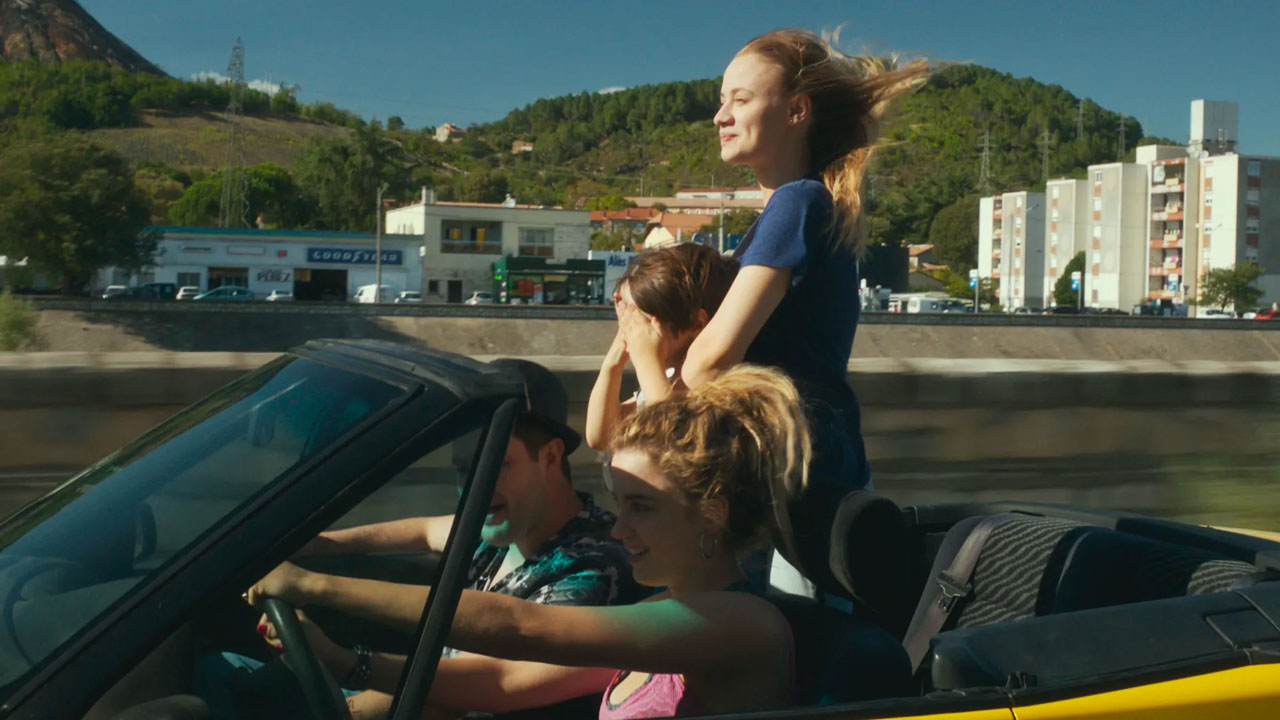
Suzanne (2013)
Working class struggles, the tenacious bonds of sisterhood, coming-of-age fickleness, and a wayward romance all come together in Katell Quillévéré’s emotionally stirring second feature. Ambitiously scoped—cramming 25 years into the space of 90 minutes is no easy feat—but Quillévéré pulls off the episodic quilt of a narrative with an exacting economy that devastatingly evokes the ruthless passage of time.
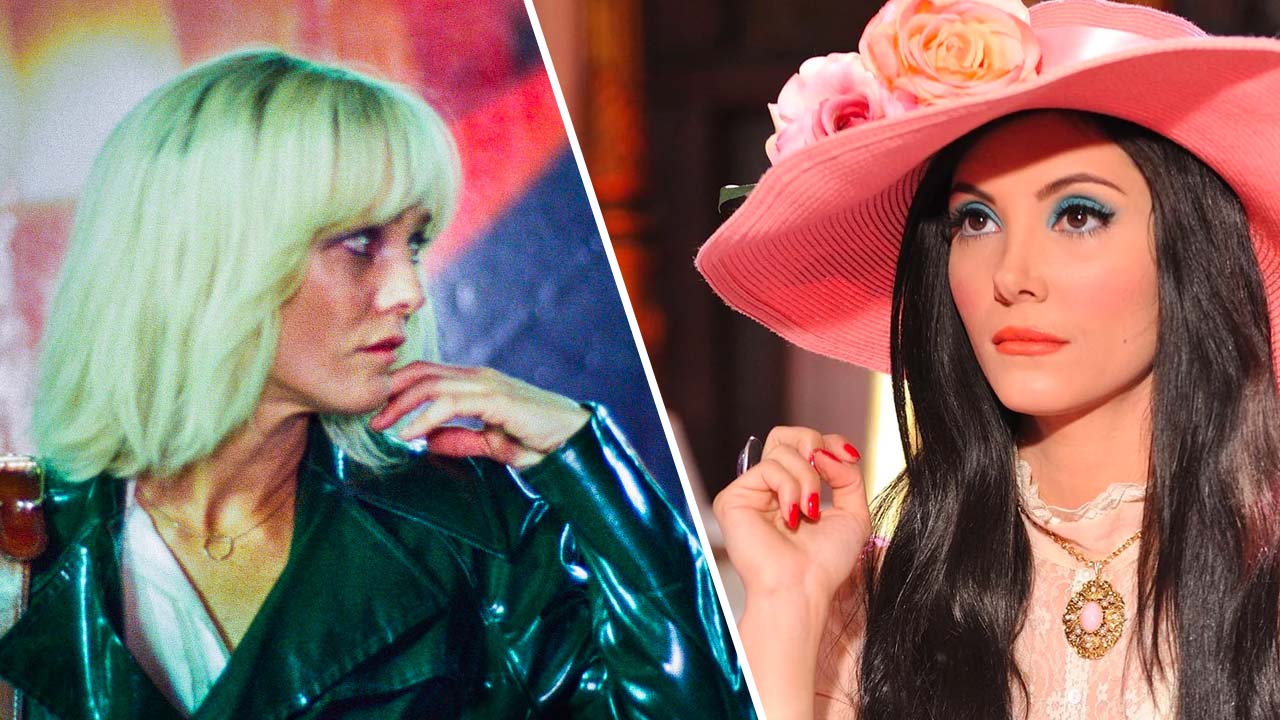
Knife+Heart (2018) / The Love Witch (2016)
Putting these two together as examples of brilliant, lushly crafted pieces that scrape beyond the lurid surfaces of genre pastiche—be it the delirious perversions of giallo, or the campy, gaudy titillation of sexploitation—to communicate, through their dreamy, artful images, progressive, and transgressive ideas about gender, agency and sexuality.
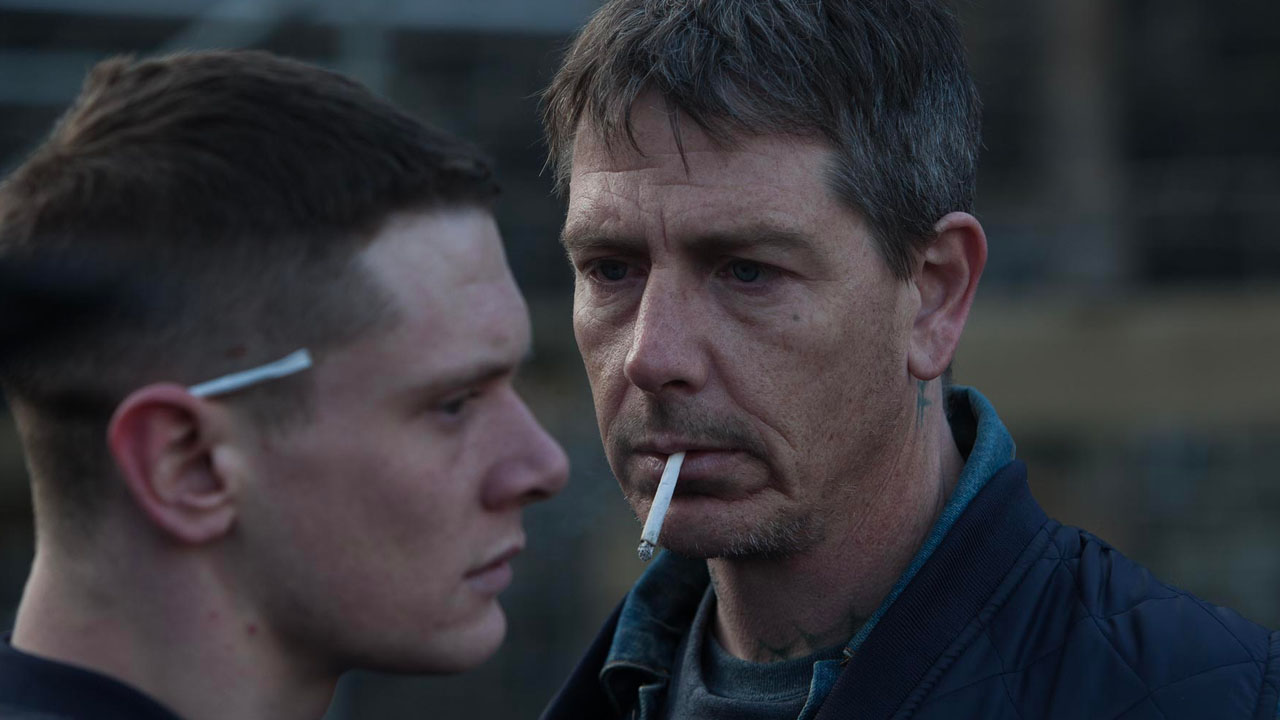
Starred Up (2013)
Knockout prison flick, benefits from David Mackenzie’s lean, immersive direction, and sensational, ferocious performances by Ben Mendelsohn and Jack O’Connell as a ticking-time-bomb father/son duo trapped in a cycle of violence in Brit slammer.

The Fits (2015)
Unusual, hypnotic indie follows a school dance troupe afflicted by a mysterious illness that causes fainting and convulsions. First-time director Anna Rose Holmer mounts a poetic, formally cohesive vision—part rites-of-passage reverie, part surreal horror—on a meagre budget, and coaxes captivating performances out of her non-professional cast.
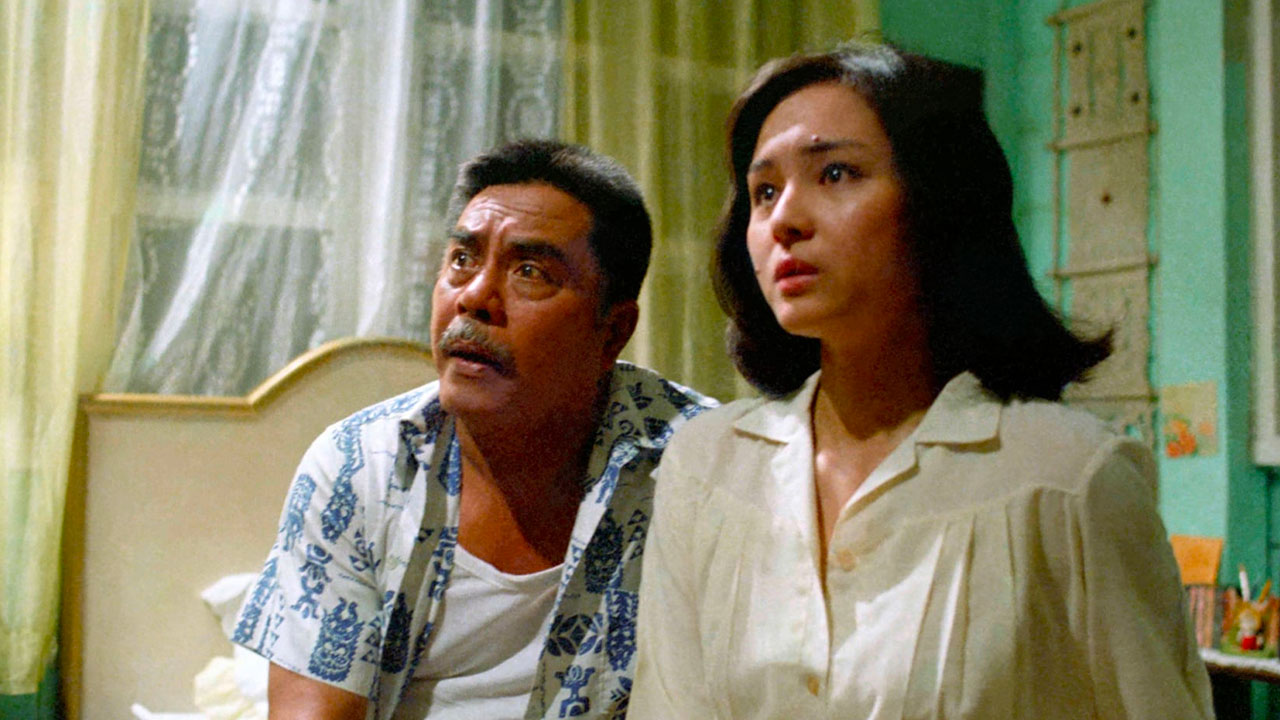
Kisapmata (1981)
Easily one of the most harrowing true-crime pics I’ve ever seen. Despairing, chillingly oppressive—the entire thing vibes on the same level of grimy, skin-crawling revulsion you experience watching something like Henry: Portrait of a Serial Killer or Angst.
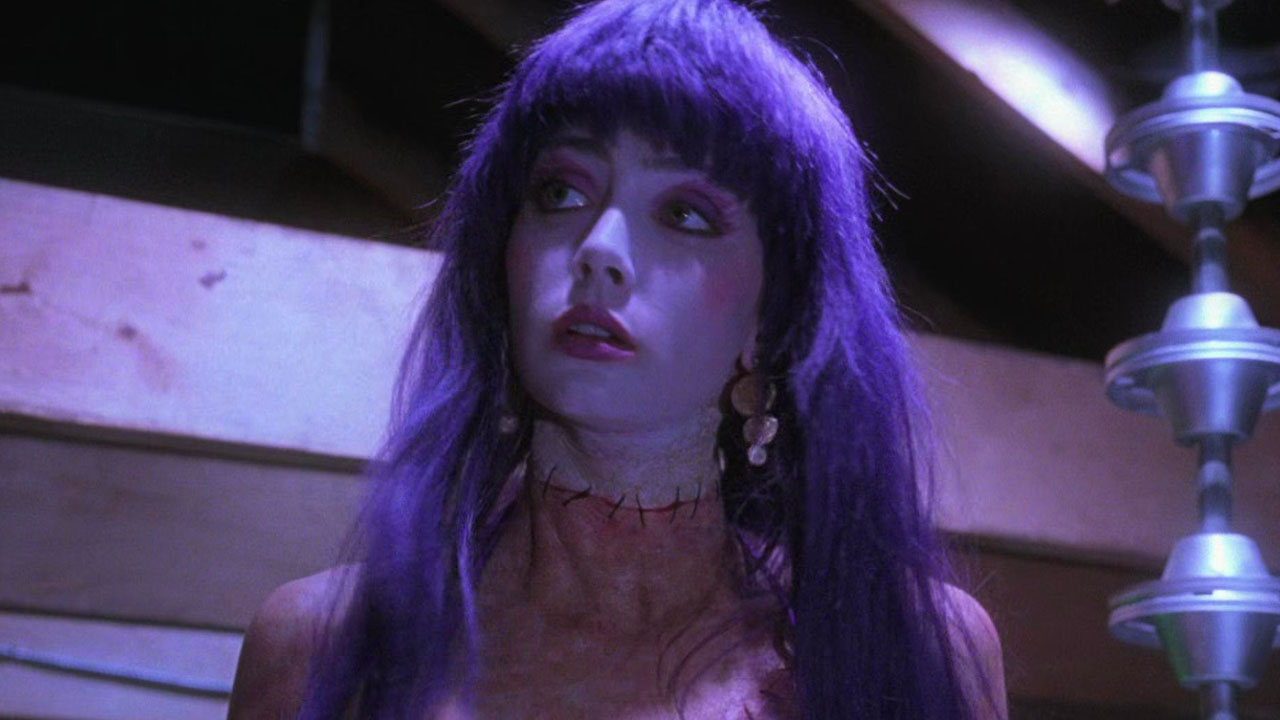
Frankenhooker (1990)
Brimming with razor-sharp satire, off-kilter imagination and slatherings of outrageous splatter, this is a giddy, smarter-than-it-looks camp treat. Frank Henelotter is an actual genius.
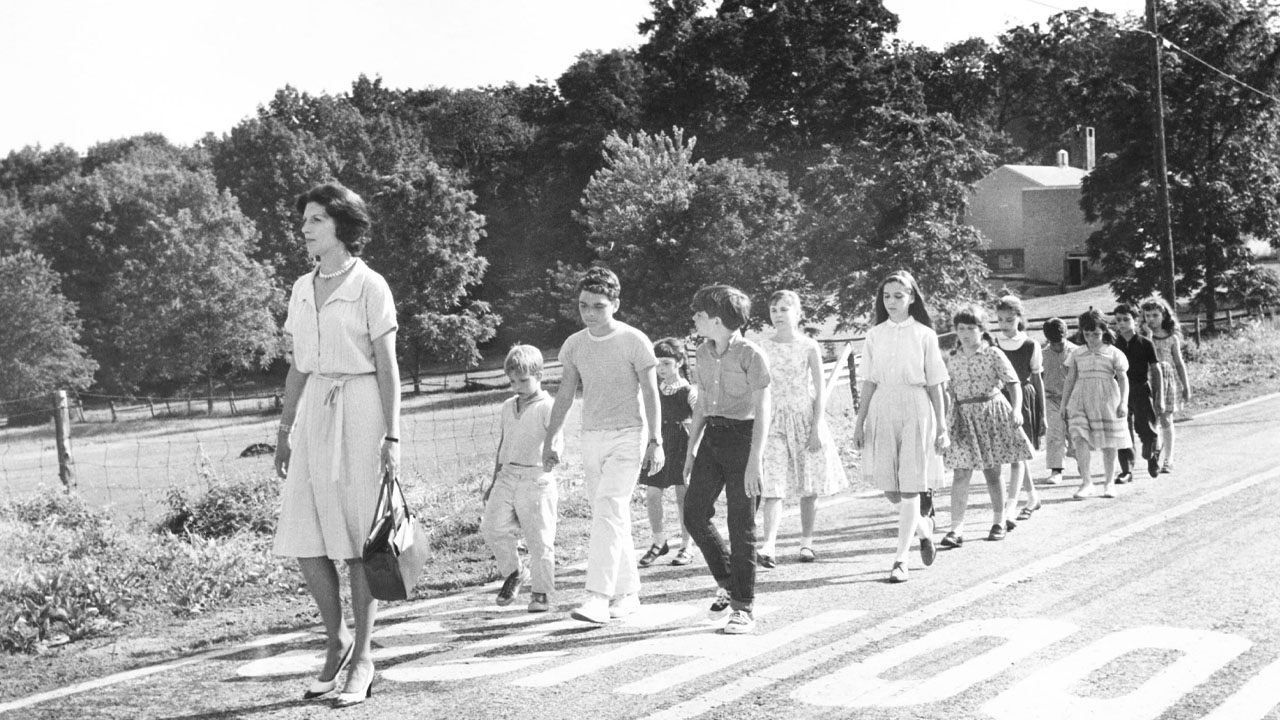
Ladybug Ladybug (1963)
The wholly underrated Frank Perry dramatises a rural school community’s response to an alert of a looming nuclear attack with devastating, matter-of-fact starkness. Can’t imagine what watching this might have been like following the Cuban Missile Crisis. Look out for The Sopranos’s Nancy Marchand.
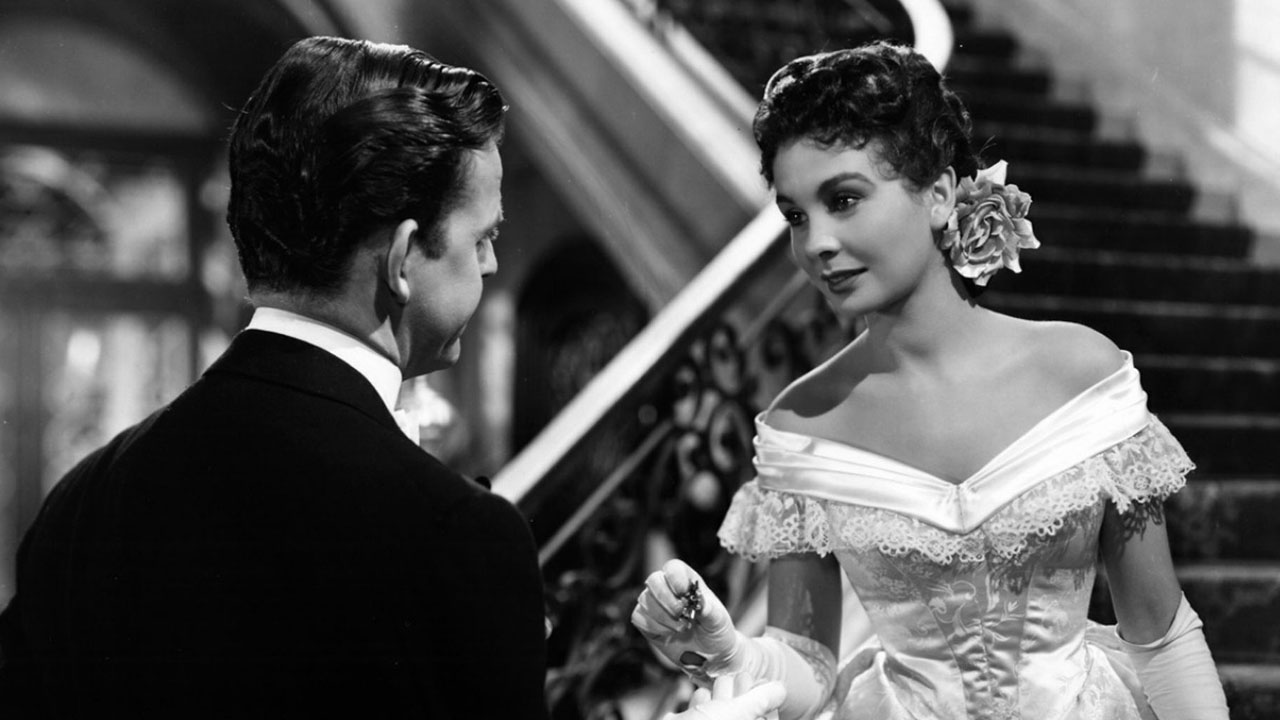
So Long at the Fair (1950)
Gaslighting mystery set in 19th Century Paris with Jean Simmons searching, with the help of Dirk Bogarde, for her brother who has strangely disappeared without a trace. Neat, absorbing little film, with engaging chemistry between the leads, and an interesting, oddly resonant wrap-up that I did not see coming.
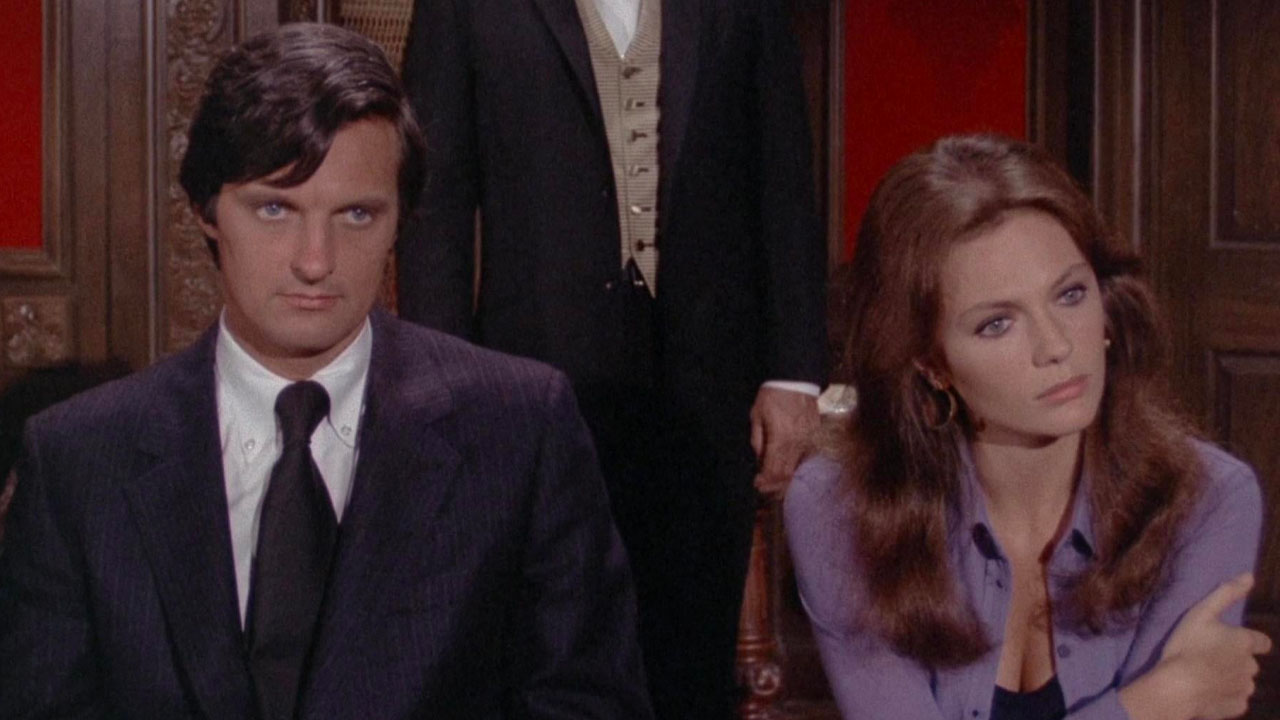
The Mephisto Waltz (1971)
Silly but surprisingly effective ‘70s occult horror still riding on Rosemary’s Baby success, enhanced by a killer Jerry Goldsmith score, Alan Alda in a terrific body-switch performance, and groovy of-the-era psych-cinema visuals.
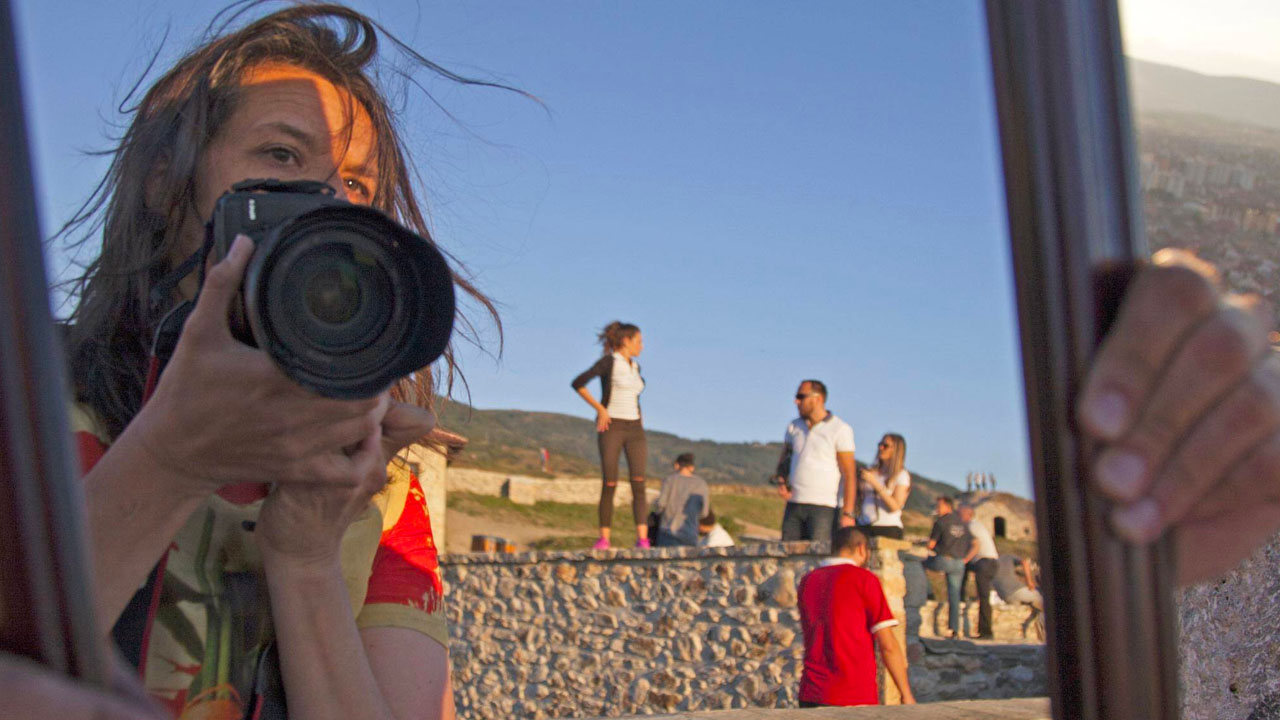
Cameraperson (2016)
Documentarian Kirsten Johnson’s odds-and-ends—conversations, unused footage, home movies—reframed as a beautiful, meditative, enrapturing empathy machine that reveals much about life through the lens, humanity’s connection with each other and more. A staggeringly affecting meta-mosaic of a memoir.

Bones (2001)
The 2000s have generally been derided as an off decade for horror, which makes the recent re-evaluation of this Ernest Dickerson film pretty exciting. It’s a pulpy, wickedly stylish blaxploitation funhouse, shot through with trippy Euro-horror touches. Carpenter and Fulci fans dive in, seriously.
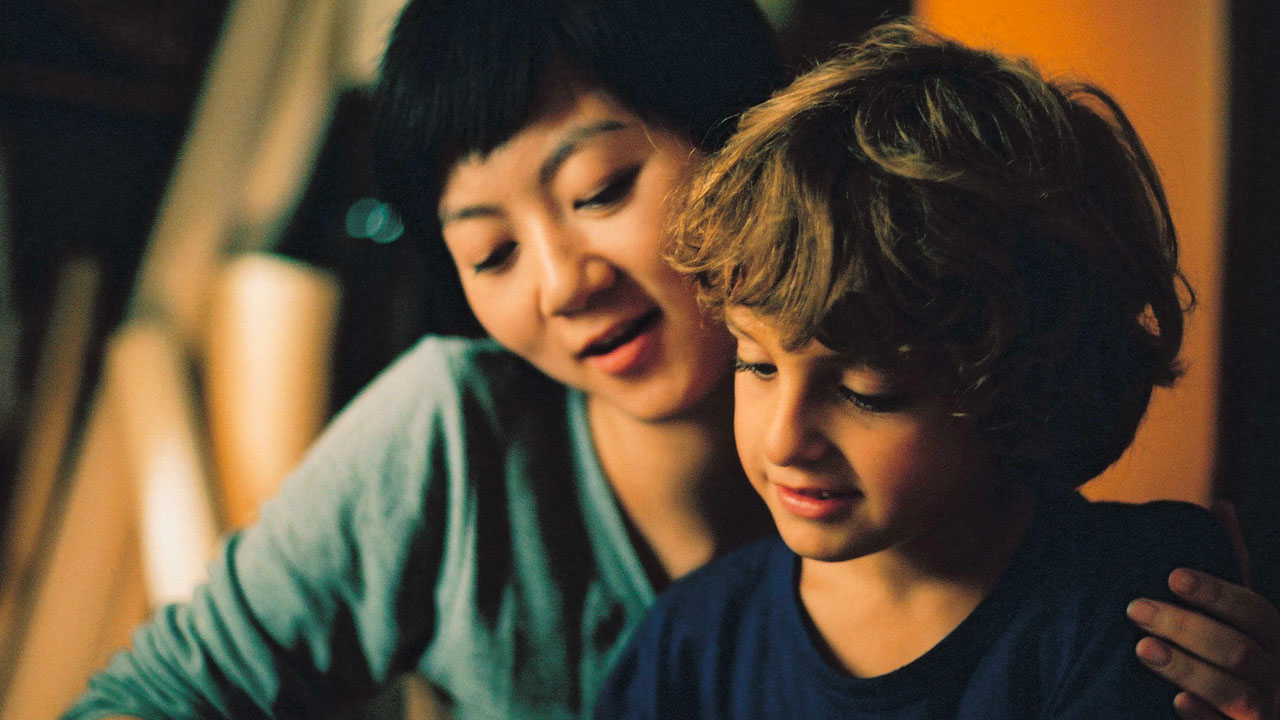
Flight of the Red Balloon (2007)
A spellbinding slice of serenity from Hou Hsiao-hsien, his first non-Asian film. Gentle, wispy, blissed-out, loose, attuned to the warm magic of ambling quotidian textures few other directors can achieve.
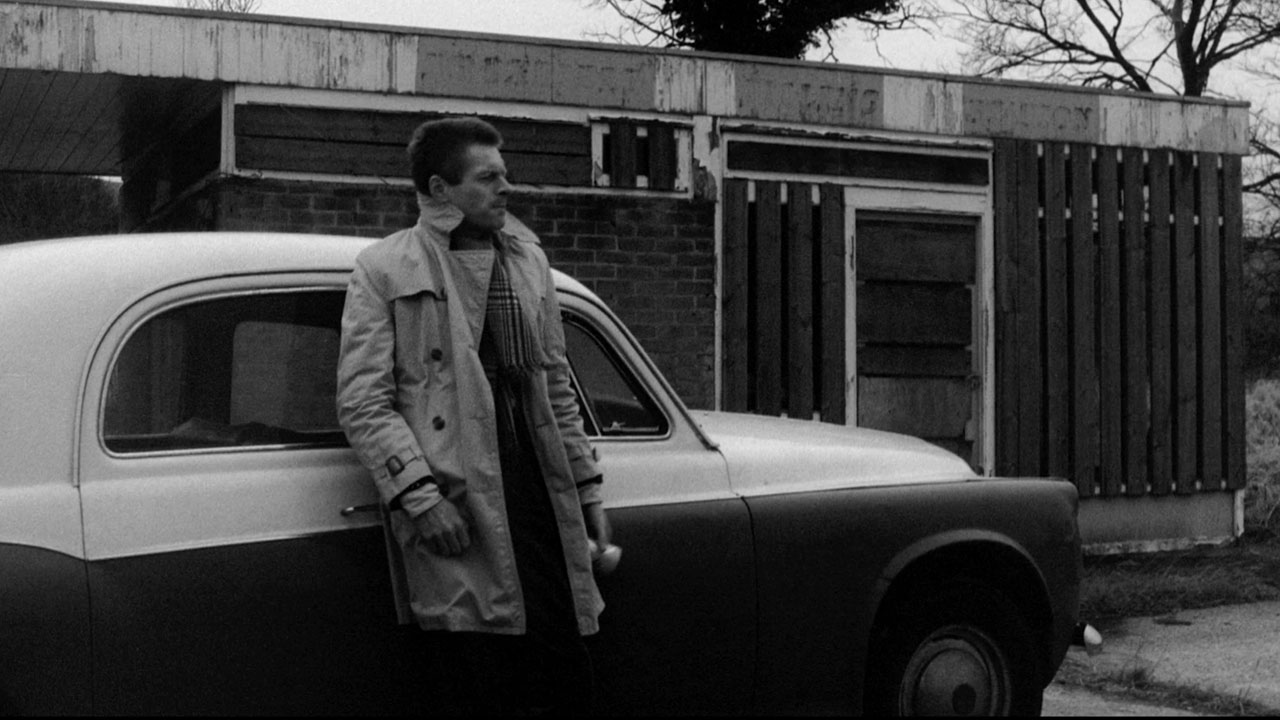
Radio On (1979)
Bleak cityscapes, opaque characters, Kraftwerk and Devo on the soundtrack, Wim Wenders’ assistant cameraman in tow, and lots and lots of driving—former film critic Christopher Petit’s debut is one big mood. Monochrome, post-punk English desolation at its finest.
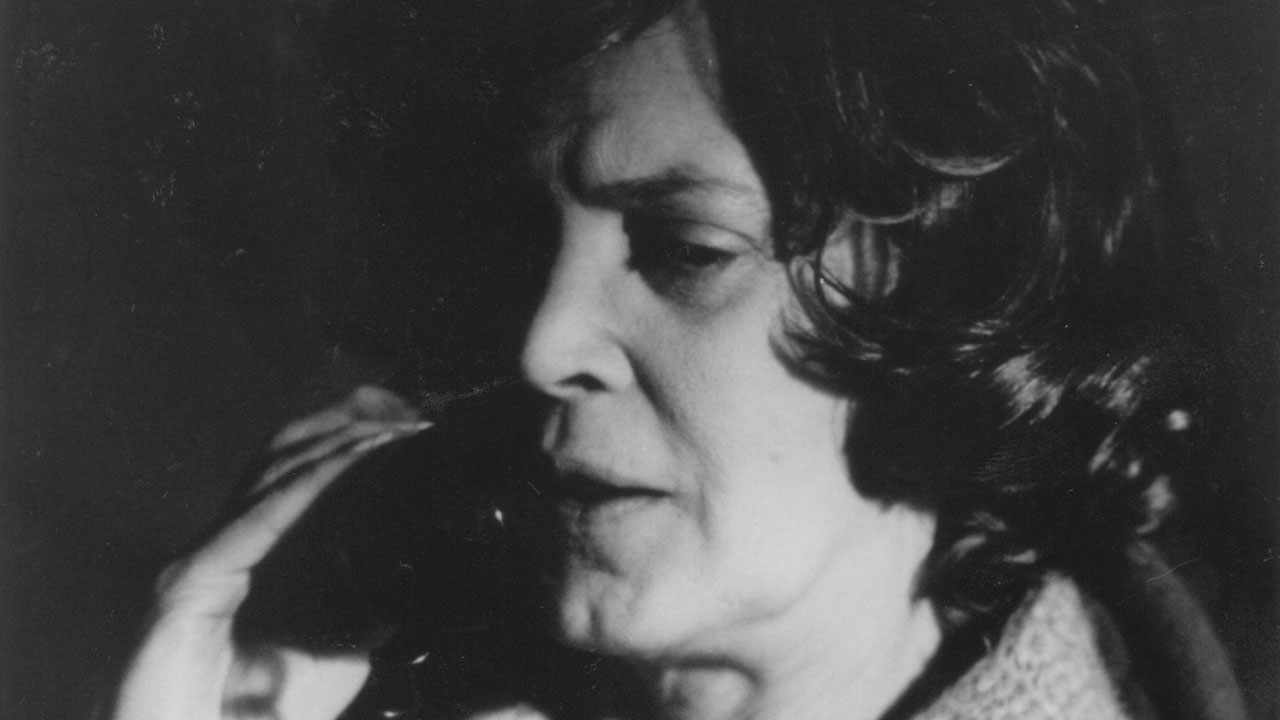
The Kill-Off (1990)
Probably the most obscure movie on this list, this Maggie Greenwald-directed adaptation of Jim Thompson’s 1957 novel is pure low-key noir seediness. Recommended if you like your neo-noir pitch-black and scuzzy-as-shit. Props to this terrific piece for clueing me in on its existence.
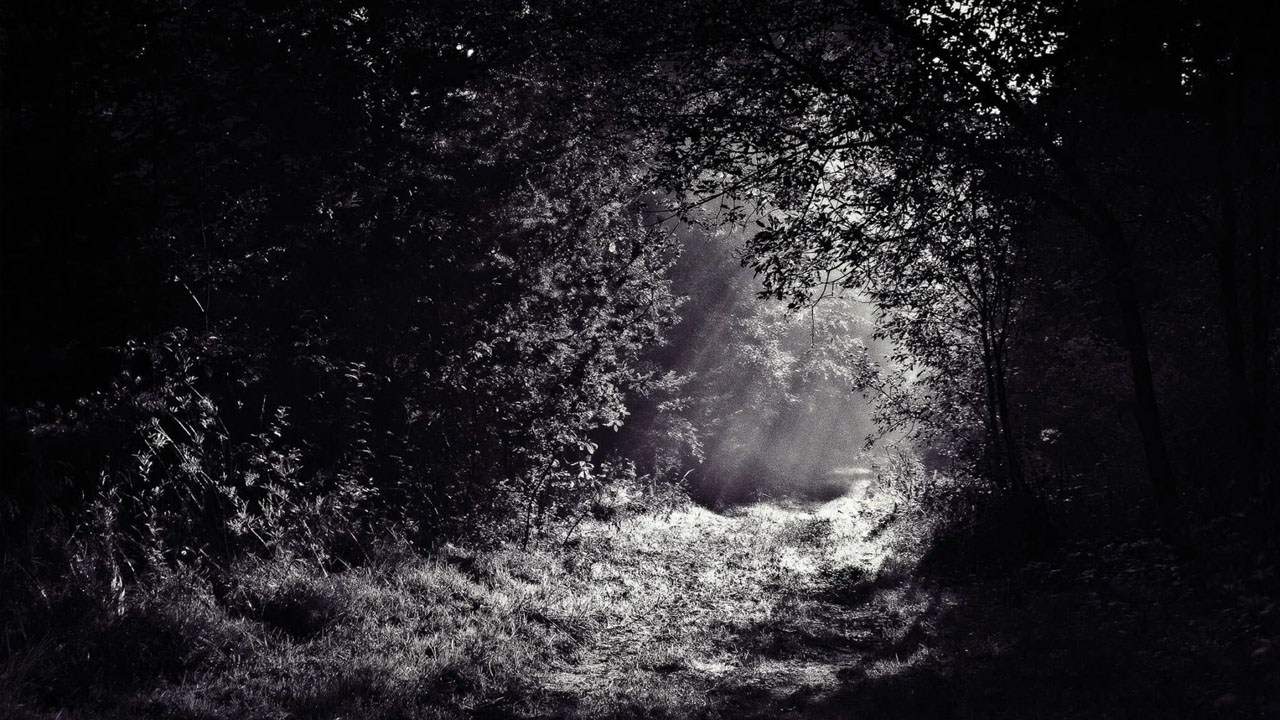
Incubus (1966)
Genuine oddity from the creator of The Outer Limits is one of only two movies ever filmed in the constructed language of Esperanto. To be sure, this novelty—and the presence of a pre-Star Trek William Shatner—adds to its overall curiosity value. But it’s also a bizarre, eerie, avant-tinged, Bergman-esque chiller, cloaked in the inky, deep-shadow dreaminess of Conrad Hall and William Fraker’s stunning black-and-white cinematography.
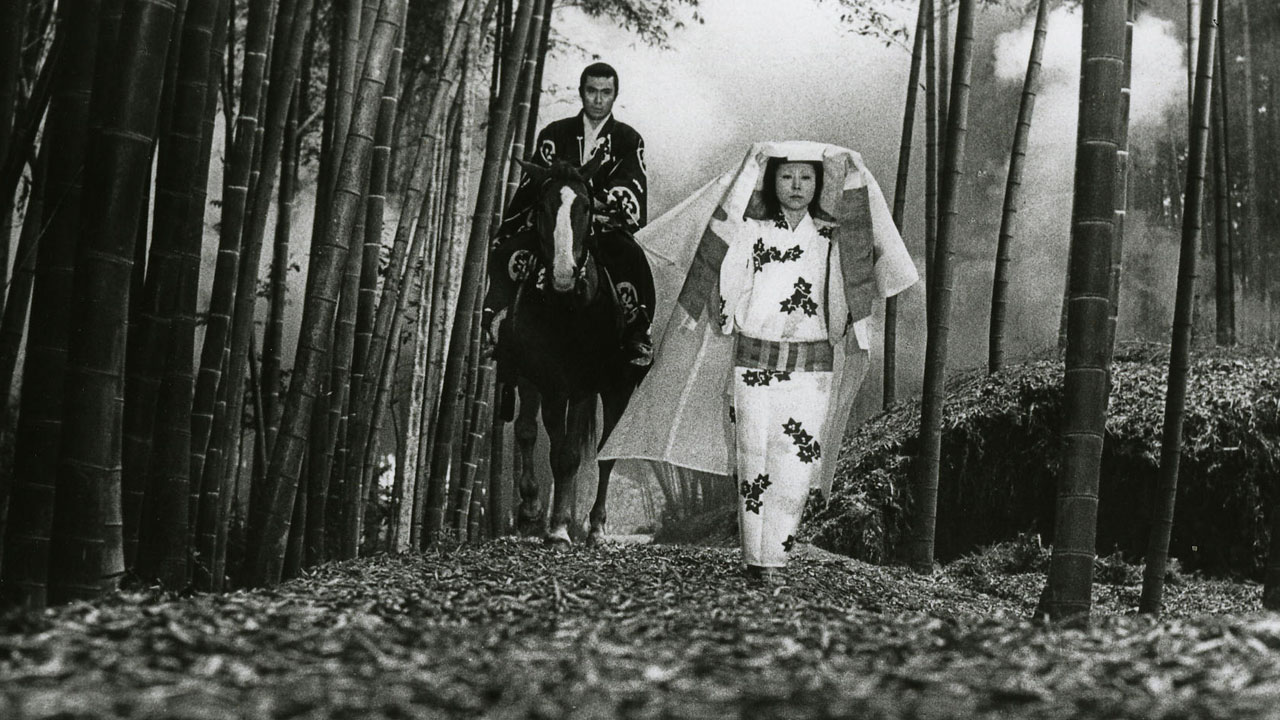
Kuroneko (1968)
Japanese folklore transformed by Kaneto Shindo into a breathtaking, hauntingly ethereal piece of supernatural cinema that wrestles with class, patriarchal oppression, and vengeance. A creepy, otherworldly, erotically charged fable of shivery potency.
